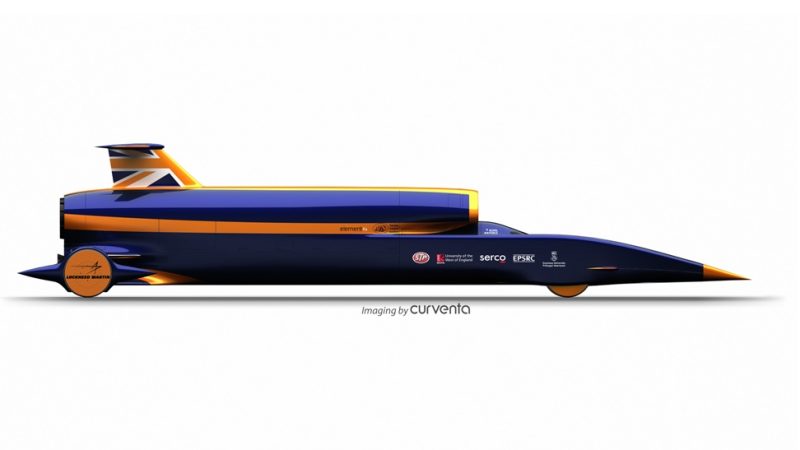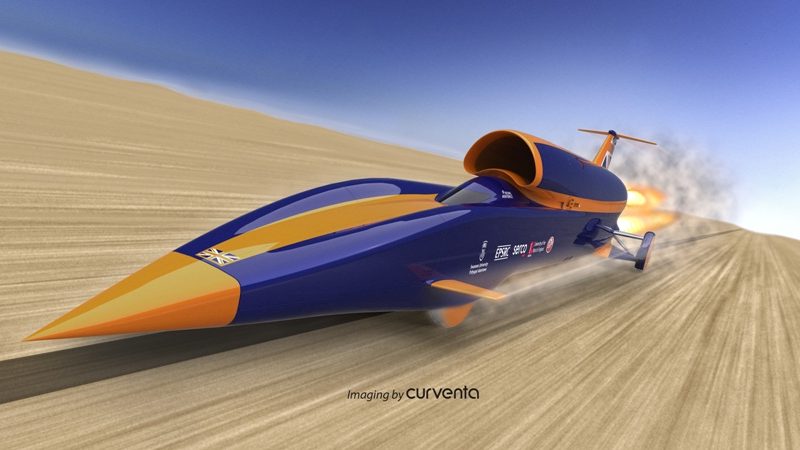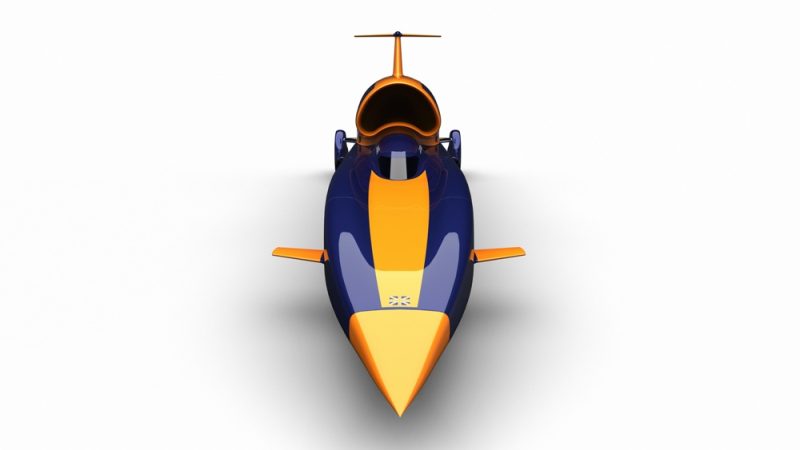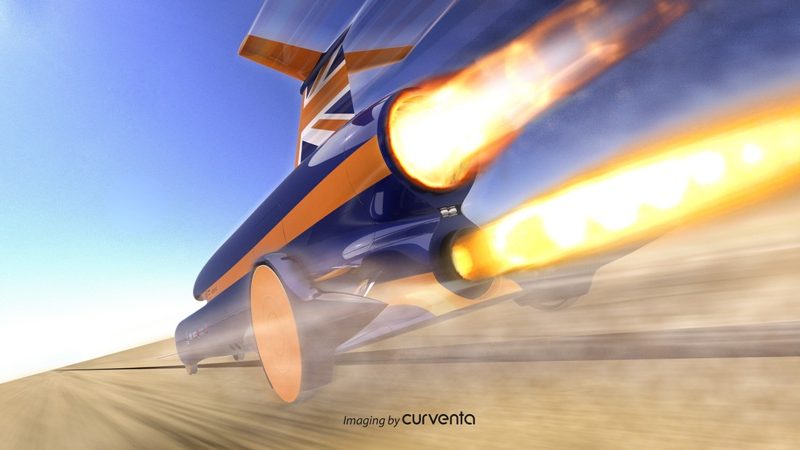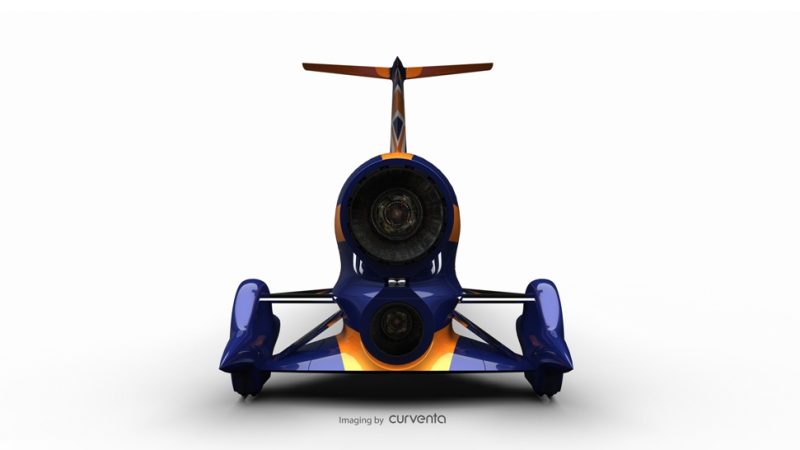The British supersonic car that will challenge for the World Land Speed Record is taking shape after engineers settled on how it will be powered and where it will be built.
The team behind the Bloodhound SSC (Super Sonic Car), which aims to break the record in 2011, have revealed details of their plans a year after the launch of the project.
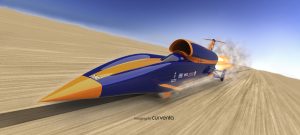
They also aim to promote science and engineering in UK schools and have reached their target of involving 10 per cent of the country’s schools in the project’s first year.
Having been based at the University of the West of England campus so far, the engineering team has outgrown the premises and so required a new home.
The project is now based in Bristol’s docklands next door to SS Great Britain, an innovative ocean-going steamship designed by Isambard Kingdom Brunel, that was once the largest vessel afloat.
Jet plus rocket
A year on from Bloodhound SSC’s 2008 launch, its creators have explained how the car has gone through ten design evolutions, with an original plan to use a combination of a small rocket and a EJ200 Eurofighter Typhoon jet engine revised when it became clear that more thrust was required to overcome aerodynamic drag.
The design now features a hybrid rocket weighing 400 kg – but the the extra thrust created a fresh challenge for the engineering team.
It found that the rocket firing would violently pitch the car nose-down, destabilising the whole vehicle and so the team, headed by engineering director John Piper, undertook what they describe as “a radical re-design”.
The jet engine was repositioned over the rocket with help from sponsor Intel, which provided one of the largest computer clusters in the country, and tested with Computational Fluid Dynamics (CFD) technology developed at Swansea University.
The cockpit, which the team refers to as “the world’s fastest office,” has been designed by driver Wing Commander Andy Green, based on his experience flying fighter jets and on the cockpit of his previous World Land Speed Record car Thrust SSC.
Meanwhile Lockheed Martin UK has been developing a wheel design that can withstand powerful forces at its rim as well as supporting a 6.5 tonne car travelling at 1,050 mph.
The car is set to benefit from the largest hybrid rocket ever designed in the UK. At 400 kg, 45 cm in diameter and just over four metres long, it shapes up as every hobbyist’s and speed freak’s dream device.
Together with the car’s jet engine it will provide 212 kN (or 47,500 lb) of thrust – the equivalent of 135,000 HP, or the power of 180 Formula One cars.
The right location
On Saturday October 17 a team of experts, led by 25 year-old engineer Daniel Jubb, successfully fired the first prototype rocket in the Mojave desert, USA, in what was described as a major milestone in the development programme.
The team surveyed sites across the globe looking for the perfect location for the record attempt. It needed to be 10 miles long with a mile of clear run-off at each end, be completely flat, and be firm enough to support a 6.5 tonne car moving at speed.
Verneuk Pan in South Africa, the site of Malcolm Campbell’s unsuccessful bid for the World Land Speed Record in 1929, initially looked to be the most suitable despite the gloomy history. At 830 metres above sea level Campbell’s engine performance had been limited and he fell short of the 231 mph target.
This time the stone-littered surface of Verneuk Pan proved too big a problem to overcome – but 400km north lies a desert that was identified as a possible alternative run site. A more detailed survey found the ideal location: Hakskeen Pan, in Northern Cape province.
The site offers a 12 mile-long track across a perfectly flat dried-up lake bed which is relatively free from debris. The team say they have received “fantastic support” from the Northern Cape Government, which has promised to prepare Hakskeen Pan for the record attempt.
Learn more about Bloodhound SSC
- Learn more about Hakskeen Pan here
- Learn more about the Technical Centre here
- Learn more about Bloodhound SSC’s configuration development here
- Follow the team on Twitter here
- Follow the team on Facebook here
- Find out about the Bloodhound Supporters’ Club here
Image gallery
The images below are all from Bloodhound SSC, courtesy of design and development consultancy Curventa. Click on each thumbnail to see a full-size version.

